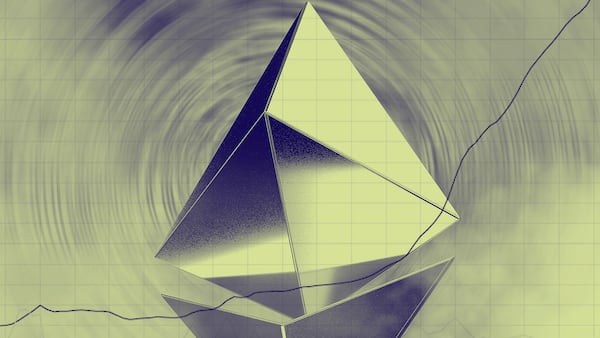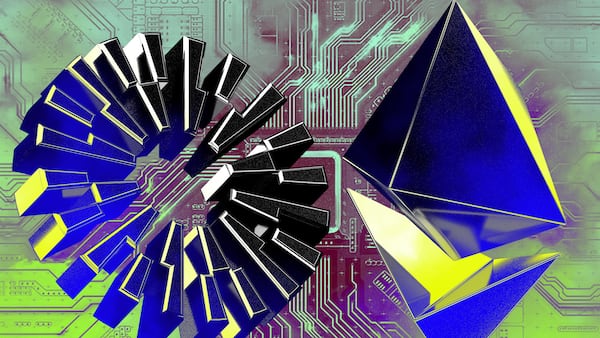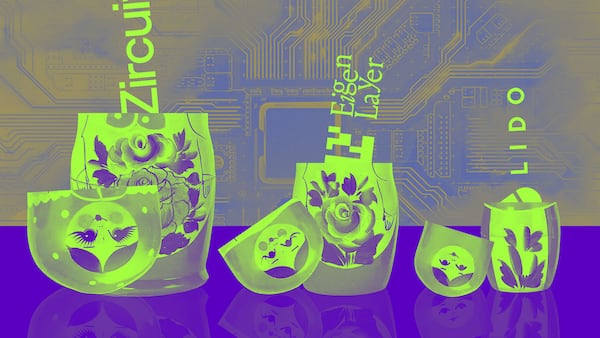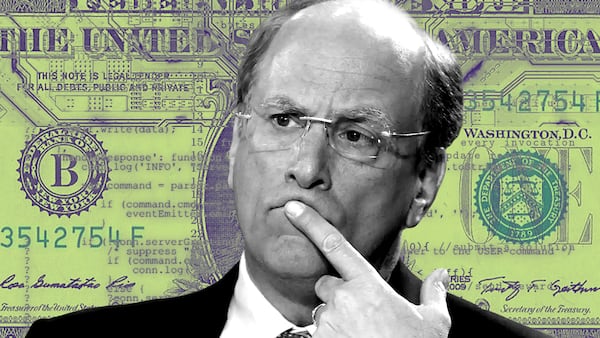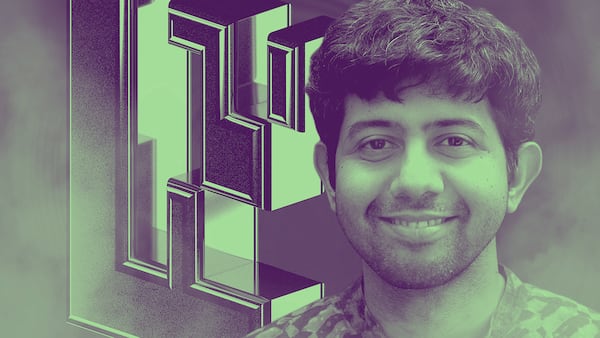- Several tailwinds for Ethereum could positively impact price, Grayscale wrote Friday.
- The Dencun upgrade, a strong layer 2 ecosystem, and a possible ETF nod point to network maturation, Grayscale said.
- Dencun signals a way to surmount scalability issues and “welcome outsiders.”
Ethereum stands ready to move beyond its “adolescent phase” into one of maturation, Grayscale Research wrote in a blog post on Friday.
Several tailwinds could positively impact price further, including the network’s upcoming Dencun upgrade, potential approval of Ethereum exchange-traded funds in May, and a “flourishing” layer 2 ecosystem, the Bitcoin ETF issuer wrote.
It comes as the world’s second-largest cryptocurrency crossed its $3,000 threshold on February 20, tagging prices it hasn’t seen since April 2022.
Ethereum is trading at $3,100, up 7.5% over the last seven days, TradingView data shows.
“With Ethereum’s planned Dencun upgrade in March, Ethereum is on the cusp of growing up through a pivotal transformation aimed at addressing its scalability challenges,” Grayscale wrote.
Major upgrade
Expected to occur on March 13, Ethereum’s next major upgrade promises to bolster scalability and reduce transaction fees on layer 2 platforms.
“Ethereum is entering a new era,” Grayscale wrote. “With its ‘modular’ design decision, Ethereum turns outward rather than inward as it welcomes outsiders with new product ideas and specialities.”
Whereas monolithic blockchains, like Bitcoin, use a single layer for all their functionalities, modular blockchains like Celestia distribute core functions across multiple layers.
The launch of layer 2 platforms marked a significant milestone in Ethereum’s quest for scalability.
Layer 2 platforms aggregate transactions, bundle them and then relay a condensed version back to the Ethereum network for final settlement.
In other words, they allow Ethereum transactions to be conducted on separate blockchains, away from the Ethereum mainnet, for much lower fees.
Ethereum generated a little over $2 billion in network fees in 2023, Grayscale noted.
And its layer 2 platforms, Arbitrum and Optimism, brought in $16 million and $8 million, respectively.
By contrast, competing smart contract network Solana garnered $13 million in revenue over the same period.
ETF approval
The US Securities and Exchange Commission also has a good chance of approving spot Ethereum ETFs in May, DL News reported.
Grayscale said a spot Ethereum ETF could bring the asset “further into the awareness of both institutions and the broader public.”
There’s also a net benefit for Grayscale.
After converting its flagship product, the Grayscale Bitcoin Trust, into a spot Bitcoin ETF on January 10, the issuer is now seeking approval for a similar Ethereum-based product alongside rivals, including VanEck.
The approval deadline for VanEck’s application is May 23.
The SEC will likely want to greenlight all applications at the same time, just as it did for Bitcoin spot ETFs.
The reasoning behind the mass regulatory nod, at least when it came to Bitcoin ETFs: The agency wanted to avoid being a “kingmaker” by approving any one fund ahead of others, Bloomberg Intelligence ETF analysts said last year.
Sebastian Sinclair is a markets correspondent for DL News. Have a tip? Contact Seb at sebastian@dlnews.com.

